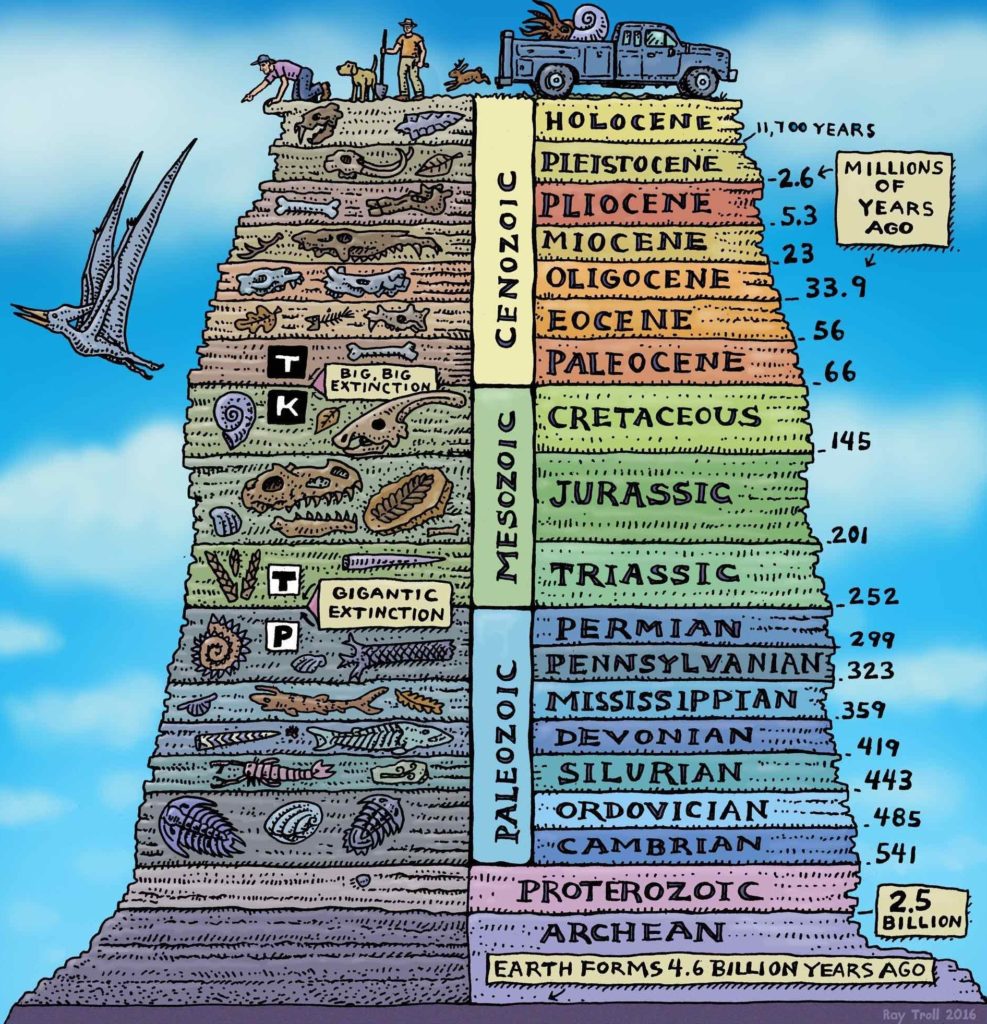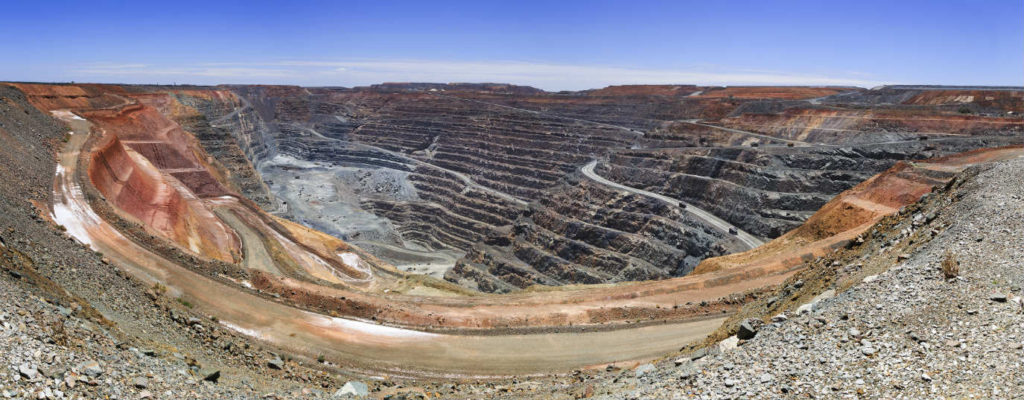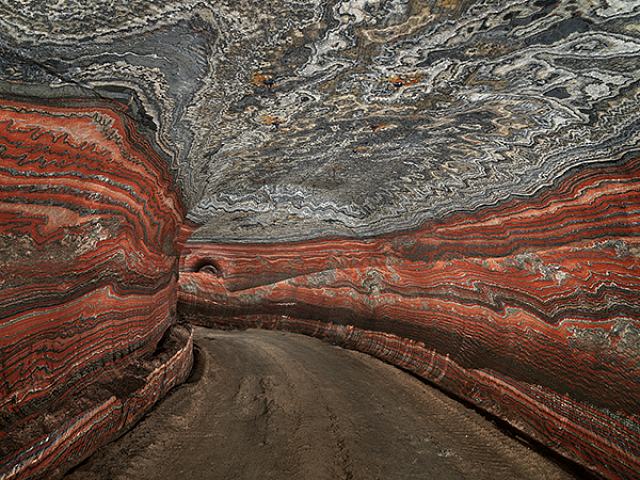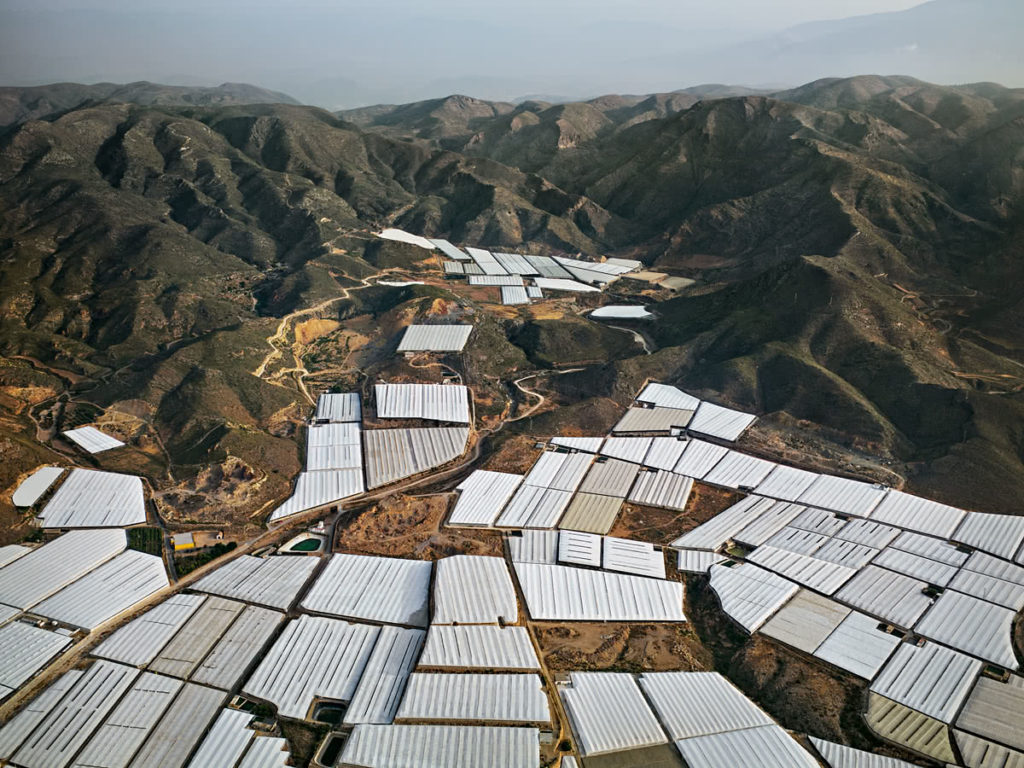What is Anthropocene?
Anthropocene is the concept that the Earth has moved into a novel geological epoch characterized by human domination of the planetary system, is an increasingly prevalent framework for debate both in academia and as a wider cultural and policy zeitgeist.
The Anthropocene is sometimes used to simply describe the time during which humans have had a substantial impact on our planet. Whether or not we are in a new geological age, we are part of a complex, global system and the evidence of our impact on it has become clear.

When analyzing the reasons that have caused the appearance of this new geological age, we can speak of two main causes: the model of energy production and the resource consumption model. The energy produced from coal, oil and natural gas emits large amounts of greenhouse gases, the main causes of global warming.

For its part, the growing population needs a greater use of natural resources that nowadays surpasses the capacity of the Earth to regenerate them.
In Anthropocene, human actions bring many consequences, including changes in the water cycle, imbalances and destructions in the marine and terrestrial ecosystems, the increase of extreme meteorological phenomena, the acidification of the oceans or the disappearance of the forests.
Anthropocene in Photography and Edward Burtynsky: The Anthropocene Project
As the impact of man on the natural world has become more and more obvious, many photographers and artists have produced responses to the age of Anthropocene. These kinds of images are not made just of environmental commentary, but a commentary on other manmade issues such as housing crises and poverty.
Born in Canada in 1955, Burtynsky has been investigating human-altered landscapes in his artistic practice for over 35 years, capturing the sweeping views of nature altered by industry; from stone to minerals, oil, transportation, and silicone.
The Anthropocene Project is directly influenced by the proposed new geologic era ‘Anthropocene’ – introduced in 2000 by chemist and Nobel Prize winner Paul Jozef Crutzen, to represent a formal recognition and acknowledgement of the “human signature” on the planet.
Experts argue that the end of the current epoch has been marked by striking acceleration since the mid-20th century of carbon dioxide emissions and rising sea levels, the mass extinction of global species, and the transformation of land by deforestation and development. Burtynsky hopes to demonstrate this.

The Anthropocene Project includes photographs of the biggest terrestrial machines ever built in Germany, concrete seawalls in China that now cover 60 per cent of the mainland coast, and psychedelic potash mines in Russia’s Ural Mountains. Burtynsky says that in order to make an impact it was important to capture the largest examples of extractions of the planet, which explains why he visited a mighty 20 countries over a period of five years.














